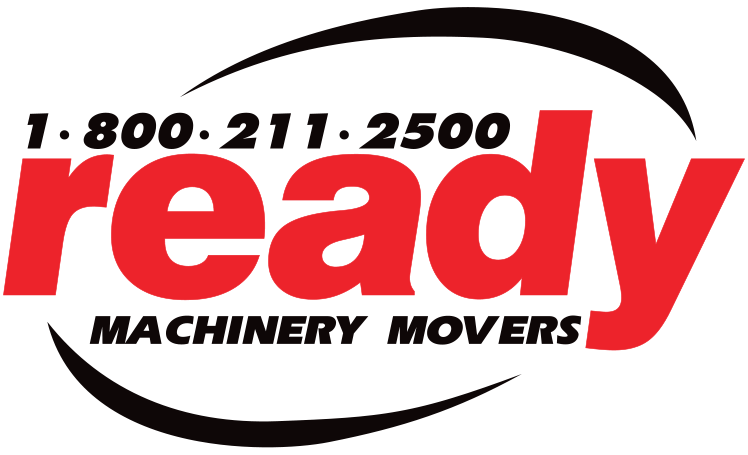Trucking in the winter has its challenges, such as malfunctioning mechanical components and causing operational delays. There are ways to avoid such slowdowns and stoppages.
Without proper maintenance, machines and equipment may not function optimally in such conditions. Any company operating in sub-zero climates must take extra steps to care for their machines and equipment.
Here are the top tips to safeguard your machinery in winter.
Lubrication and Machine Reliability
Operating temperatures can affect the practical limits of both machines and lubricants. In freezing conditions, fluids can become congealed and no longer flow properly throughout the machine. This limit is known as the “pour point,” and affects the circulating system of the machine. When lubricant viscosity becomes high, it restricts the proper flow of oil.
Cold weather causes blended base oil to separate into various states. This process is known as stratification. The additives turn insoluble when exposed to cold. They can affect the performance of lubricants and cause damage to the machine.
Most machine lubricants can withstand moderate changes in temperature without any significant reduction in performance. However, some lubricants reach their pour point -20C.
Polyalphaolefin (PAO) synthetic oil is an excellent alternative to regular lubricants when the temperature reaches below negative -20C. PAOs use quality, highly refined mineral oils for excellent oil flow even in freezing conditions. Unlike standard lubricants, its pour point exists at an end as low as -50C.
Understanding how winter can affect lubricant is your first line of defence in preventing potential machine damage. Before you prepare to start machines and equipment on a cold morning, be aware of how the frigid temperatures can affect your machinery.
Protecting Machinery When Temperatures Drop
Freezing air can fundamentally alter the efficiency of lubricants and how machinery operates. However, winter does not need to unnecessarily slow or delay operations — or compromise the safety of your operators. Taking necessary precautions to prevent the negative effects of cold temperature will protect your machines and equipment.
Additional measures can keep them in peak working condition. Check the owner’s manual for each of your machines and contact your local dealer before making any modifications to a machine’s regular maintenance practices. Keep these parts of all devices in optimal condition:
Engine
Check the fuel, air, and hydraulic systems and filters regularly to ensure equipment can start quickly. This measure also prevents power loss during operation. If necessary, use a block heater to warm the engine.
Battery
Be cautious when using jumper cables, especially during the winter. Incorrect use (reverse polarisation hookup) could potentially result in extensive damage to an electrical system. Avoid charging a frozen battery to prevent battery explosion.
Starter
A significant safety concern is handling, using, and storing volatile ether starting aids in pressurized cans. The engine may seize or crank/bend the valve stems if mishandled.
Safety measures are crucial, especially when two or more workers start a machine. Before beginning any machinery, assign each person a specific role and discuss the entire process in detail beforehand.
Machine Warm-Up
Freezing temperatures can make hoses and wires brittle. Take time to warm up machines before operating. Warm hydraulics quickly by holding the control valve to open the relief valve.
Operation
Before winter arrives, inspect atmospheric systems (defrosting devices and operator compartment heaters) to ensure they are in good working condition. This practice helps prevent unexpected problems that can cause operational delays.
Cab or machine windows can easily fog up and reduce visibility. Clean windows thoroughly so the driver can spot nearby obstacles, machines, and other workers.
The frozen ground makes work difficult and sometimes impossible. Wheels can easily slip on ice and snow, causing collisions with other equipment and structures and endangering anyone in the vicinity.
Maintain control of each machine by reducing ground speed and lessening the impact shock on brittle ground contact surfaces.
Winter puts more strain on every machine. Batteries work harder to start and provide power. Preseason maintenance is imperative for optimal performance. Ensure regularly inspect your machinery to detect damage, leaks, and other problems. Also, check the auxiliary hydraulic connections, hoses, belts, attachment connections, and fluid levels for any signs of damage.
Keep Equipment Stored Inside
Some machines must be shut down and stored temporarily during winter. When freezing winds and snowfall hits, it can damage interior and external components of machinery. Engine fluids can also freeze if they are left exposed to subzero temps.
Contact a professional machinery moving company if you need to store and relocate machines and equipment. Brush up on your night driving tips and ensure you have the proper tools for any winter haul.
